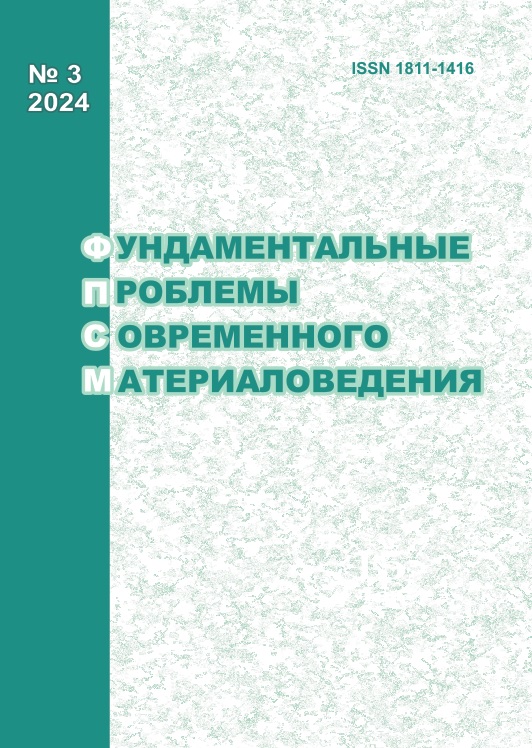EVOLUTION OF THE SUBSSTRUCTURE OF CEMENTITE OF RAILS FROM HYPEREUTECTOID STEEL DURING OPERATION
10.25712/ASTU.1811-1416.2024.03.001
Keywords:
cementite, hypereutectoid steel, electron microscopy, dislocation substructure, ferrite, fragmentationAbstract
Transmission electron microscopy methods were used to analyze the cement substructure in the head of special-purpose long rails of the DH400RK category made of hypereutectoid steel after long-term operation on an experimental track on the Russian Railways ring (passed tonnage 187 million tons). It is shown that after operation, the cementite plates are bent and separated by ferrite bridges. In the plates of ferrite and cementite, a dislocation substructure is formed: a chaotically distributed and cross-sectional type in ferrite and ordered in cement. An increased density of dislocations at ferrite-cementite interfaces compared to the volume of ferrite plates was noted. Two possible mechanisms of deformation transformation of lamellar perlite grains are indicated: destruction of cementite plates and carbon pulling out from the lattice of the carbide phase. It is indicated that the removal of carbon from cementite plates occurs most intensively near defects in ferrite and cementite. The formed nanosized particles of tertiary cementite are unevenly distributed in ferrite plates, most of them are observed at the locations of ferrite subgrains and interfacial boundaries. This results in non-uniform diffraction contrast in dark-field images of cement slabs. Fragmentation of ferrite and cementite plates is revealed and azimuthal components of total misorientation angles are estimated. According to all the established laws of transformation of the cementite substructure, a comparison was made with the results for rails made of hypoeutectoid steel.











 Journal «Fundamental’nye problemy sovremennogo materialovedenia / Basic Problems of Material Science»
Journal «Fundamental’nye problemy sovremennogo materialovedenia / Basic Problems of Material Science» This work is licensed under a
This work is licensed under a 
